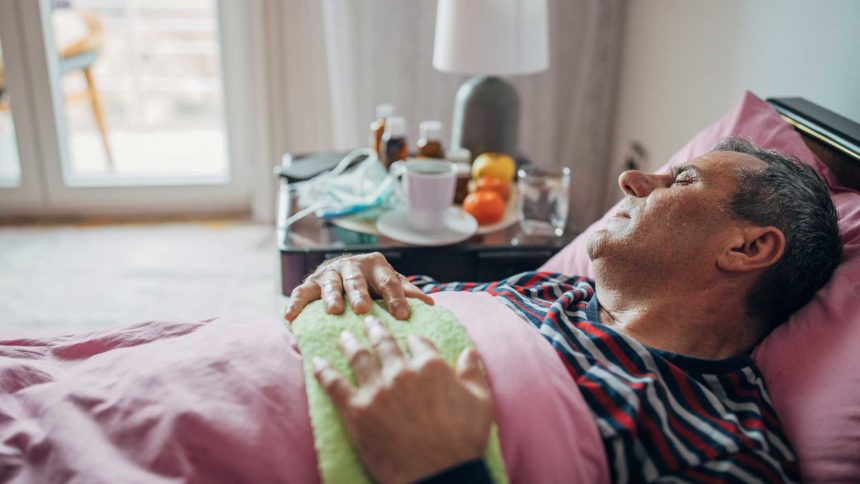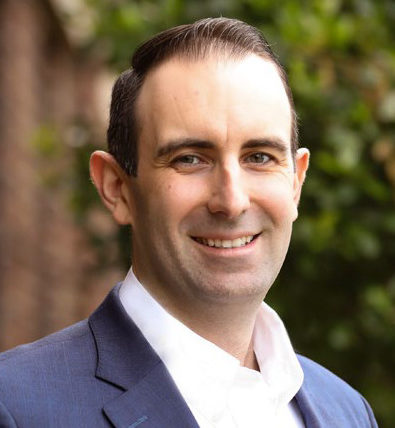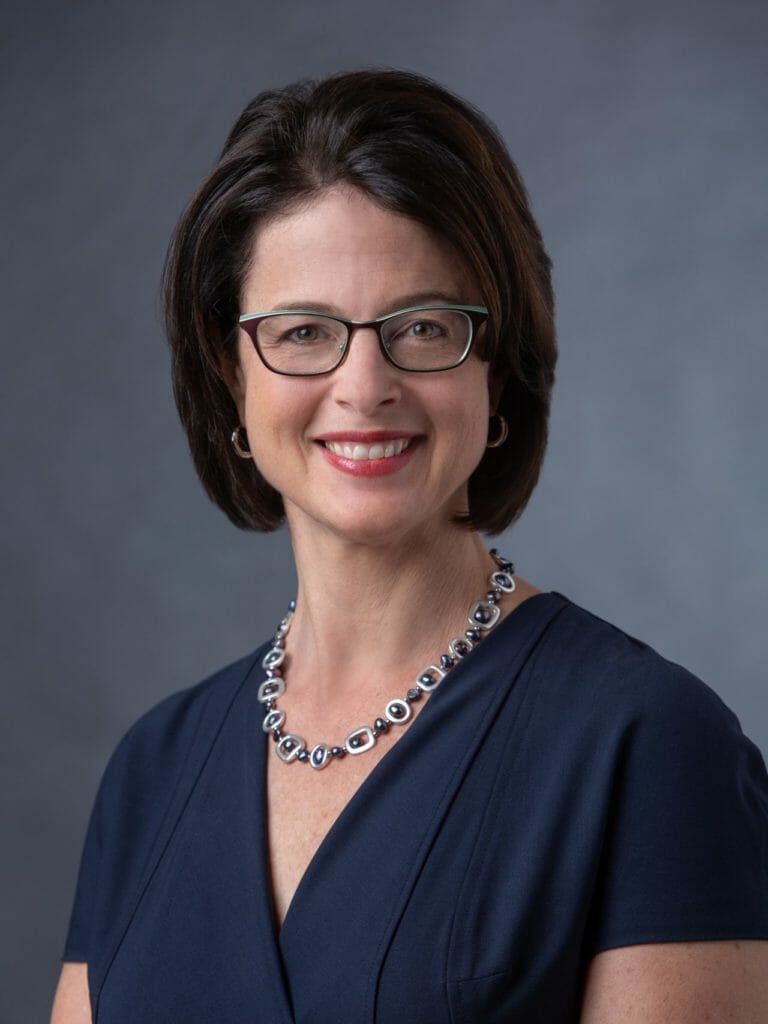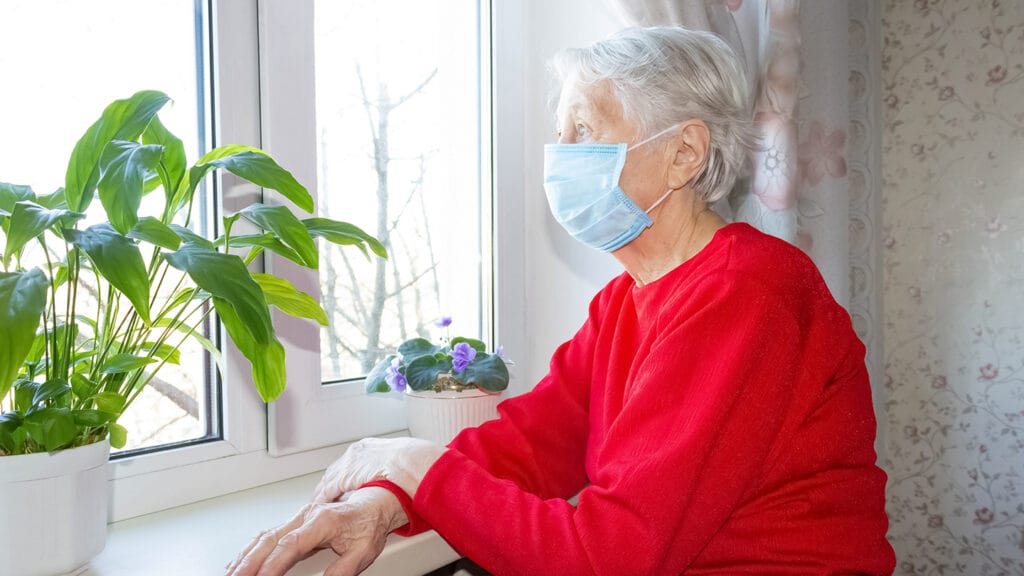
The COVID-19 pandemic sparked explosive growth in hospital-at-home, mostly thanks to the Centers for Medicare & Medicaid Services’ Hospital Without Walls waiver program, which fueled the model by giving hospitals more flexibility to treat patients outside of their facilities. While the status of this program in a post-public-health-emergency world still remains to be decided, many industry experts say the program in some form or another is here to stay.

“Now that patients have experienced the benefits of hospital-at-home and clinicians have seen better patient outcomes and higher satisfaction scores, we don’t see health systems wanting to go back, and we don’t see CMS wanting to go back either,” said Rami Karjian, co-founder and CEO of Medically Home, a firm working with health systems across the country to safely deliver care to patients in their own homes. He spoke during a McKnight’s Home Care webinar Thursday during the brand’s first-ever Online Expo. “We’re going to see this forever transform the way we deliver care.”
To date, more than 200 U.S. hospitals and 90 health systems now participate in the waiver program, and the model offers wide-ranging opportunities to home healthcare providers, technology and medical equipment companies, and other firms, according to the panelists.
Decentralized model of care
One of the biggest opportunities the hospital at home model offers is it allows clinicians to really look at the individualized care that patients need — and hopefully to even address the social determinants of care that led to the hospitalization, Karjian said.
“This is something that is most easily done in a home setting, and therefore amenable to hospital at home,” he said.
This decentralized model of care allows health systems to better support patients in their healthcare journey, said Charles McDonough, CEO of Interim HealthCare of the Upstate, which provides personal care, home medical care, hospice and medical staffing to patients in South Carolina.

“What I found so valuable about these decentralized approaches to medicine is that, while there are certainly patients that need to be in an in-patient facility, many patients prefer to heal in an environment that is safe and comfortable to them and that is what these models afford us,” he said.
There continues to be some concern, however, that the model has enough support from a staffing perspective, said Anne Tumlinson, founder and CEO of care delivery research and consulting firm ATI Advisory. She noted that a growing number of Medicare patients need support with activities of daily living amid this hospital stay — an implicit service during a hospital or post-acute in-person stay.

“We just have to make sure when we’re going into this decentralized world that we’re not losing track of the need to support frail older adults around their functional needs, which requires a workforce home health agencies are well-equipped to deploy,” she said.
Communitywide effort
To address these concerns, Karjian said that healthcare systems and home health providers must get even more creative about how they tap into community services, and likely requires additional training — and higher pay — for home health workers.
“It’s really a question of how do you bring together all the resources in the community — many of whom have not been traditionally involved in this mode — to make sure you’re providing 24/7 care to the patient for the high acuity needs that they have,” he said. “That’s a hard lift for traditional home health. It may still be care in the home but it looks very different.”
McDonough agreed, adding that it’s all about pulling the village together and identifying where your strengths and weaknesses are, providing additional staff training where needed, and then looking for partners to help fill in the gaps to help create an ecosystem of care.
The panelists’ comments come at a pivotal time as CMS and Congress debate the future of the program. Last month, a bipartisan team of senators introduced the Hospital Inpatient Services Modernization Act, which would extend the Acute Care at Home waiver two years beyond the expiration of the COVID-19 public health emergency. That legislation requires CMS to establish health and safety regulations for hospital-at-home programs.



